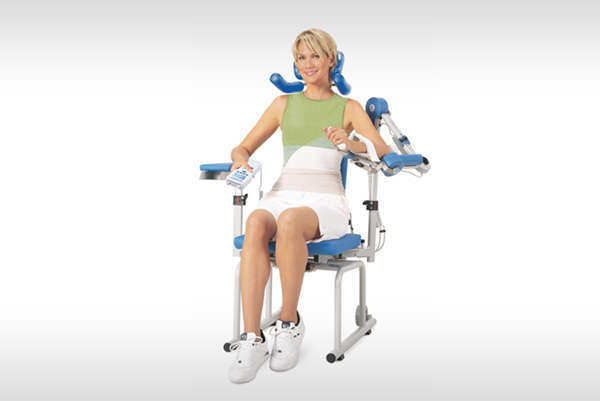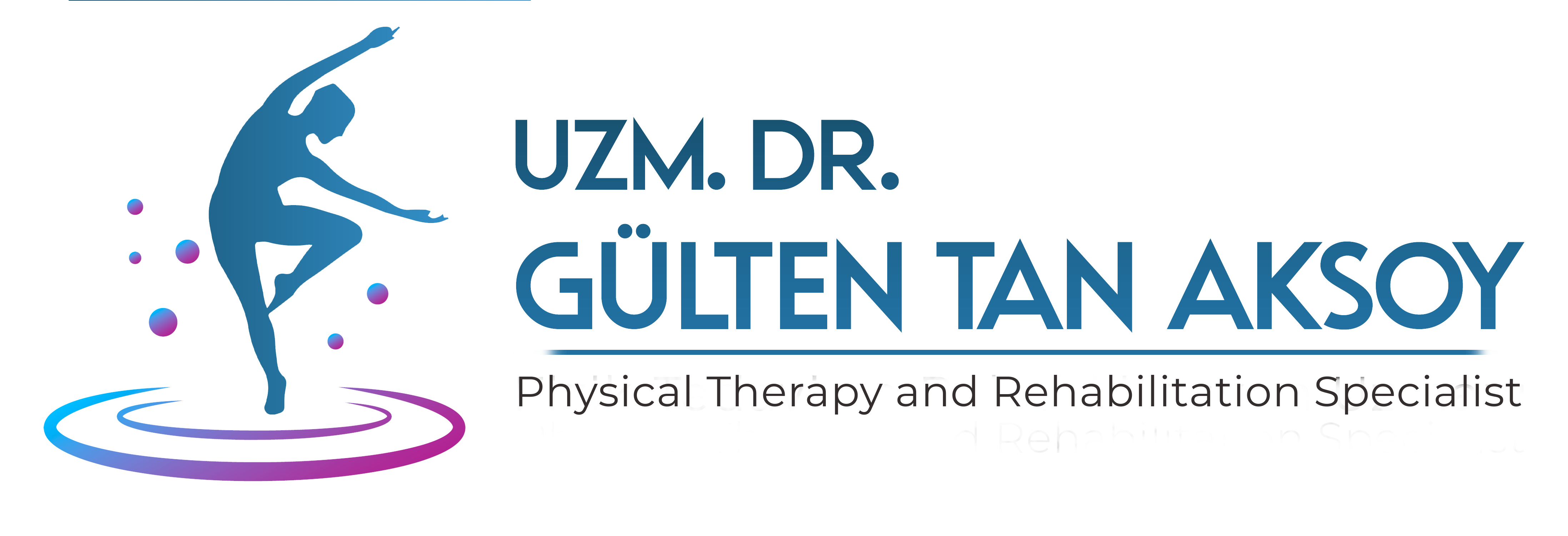Shoulder CPM Device
Shoulder CPM Device
Adduction / Abduction 0º / 30º / 170º
Internal / External Rotation 90º / 0º / 90º
Elevation 0º / 30º / 175º
Horizontal Adduction / Abduction 0º / 0º / 120º
WHAT IS A SHOULDER CPM DEVICE?
CPM = Continuous Passive Motion = Continuous Passive Motion.
The joints in the body are designed to be mobile. In order for the wounds formed after joint surgery to heal quickly, they should not remain still. Applying CPM after the operation accelerates the recovery. CPM is a method that can be applied in the first phase of rehabilitation after soft tissue surgery or trauma. It is especially used after joint surgery. CPM is an English abbreviation. Its expansion is defined as "continuous passive motion". The device that makes the application is called the CPM device. This process reduces inflammation and pain. The devices increase the rate of recovery as they passively move the joints in a certain pattern. It is applied on the recommendation of a physician to patients who have had a stroke, after shoulder operations and fractures, in restraints such as frozen shoulder or painful shoulder diseases. Parameters such as speed and angle of the device are determined by the physician. It can be categorized as a physical therapy and rehabilitation device.
IN WHICH SITUATIONS IS THE SHOULDER CPM SUITABLE TO USE?
It is applied after shoulder operations and fractures, in restrictions such as frozen shoulder or in painful shoulder diseases, in shoulder problems of patients who have had a stroke, with the recommendation of a physician. Parameters such as speed and angle of the device are determined by the physician. Also;
-Synovectomy, arthrotomy with arthrolysis and arthroscopy applications
– Fractures and pseudoarthroses treated surgically
– Stable osteosynthesis
– Endoprosthetic implants
– Decompression surgery
– Joint mobilization under anesthesia
HOW DOES THE SHOULDER CPM DEVICE IMPRESS?
The CPM device, which is applied after joint surgery, provides regular movement of damaged bone, cartilage and other tissues, allowing nutrient diffusion. The resulting physical movement also provides the movement of the synovial fluid in the joints. This facilitates the passage of blood and metabolic products between tissues. As the healing accelerates, the adaptation process of the prostheses applied during the surgery also accelerates.
Problems may occur if CPM devices are not used during the rehabilitation process of surgically operated joints. Improper movement of the limbs slows down the transfer of substances between tissues, which negatively affects the healing process. Thanks to CPM, the harmony and healing of bone, cartilage, vein and connective tissues in the joints is accelerated.
The use of CPM devices is also extremely effective in the treatment of pain. Under natural conditions, joint fluid is in motion. Since joint movements will decrease after the surgical procedure, joint fluid becomes more stable. Thanks to CPM, joint movements are created and joint fluid is mobilized. Thus, more nutrients and oxygen begin to reach the damaged area, and pain is also reduced.
Joints whose mobility decreases after surgical procedures should not be forced. Passive movement with a certain order without damaging the tissues can only be achieved with CPM devices. It is one of the most important treatment devices among orthopedics and physical therapy products.





